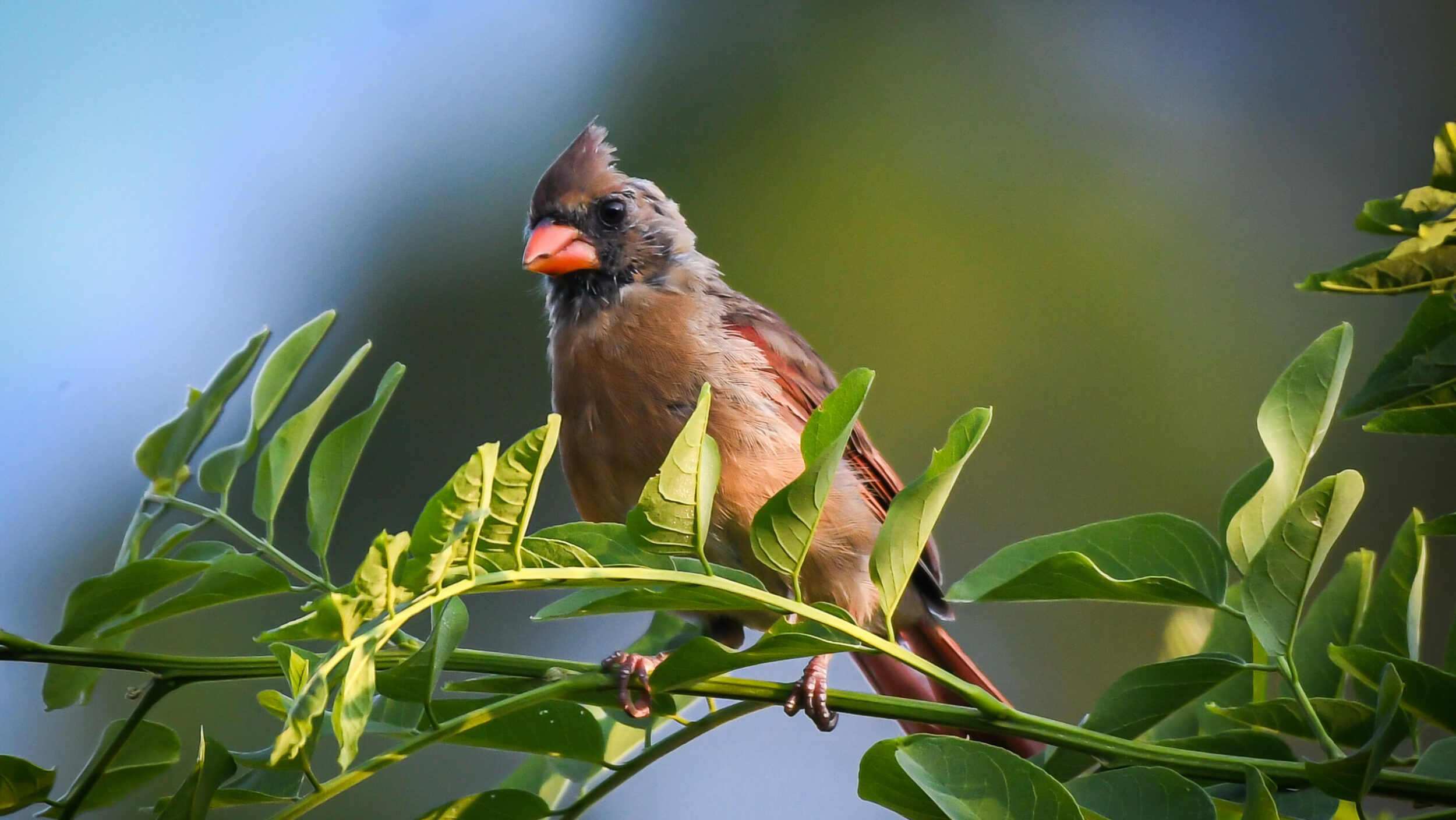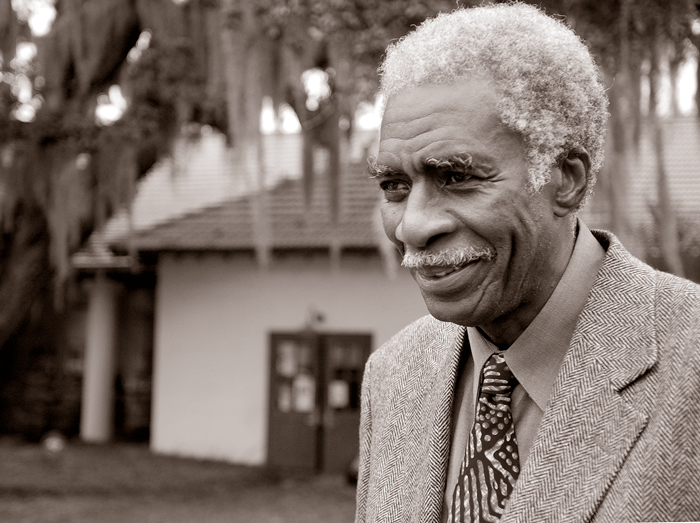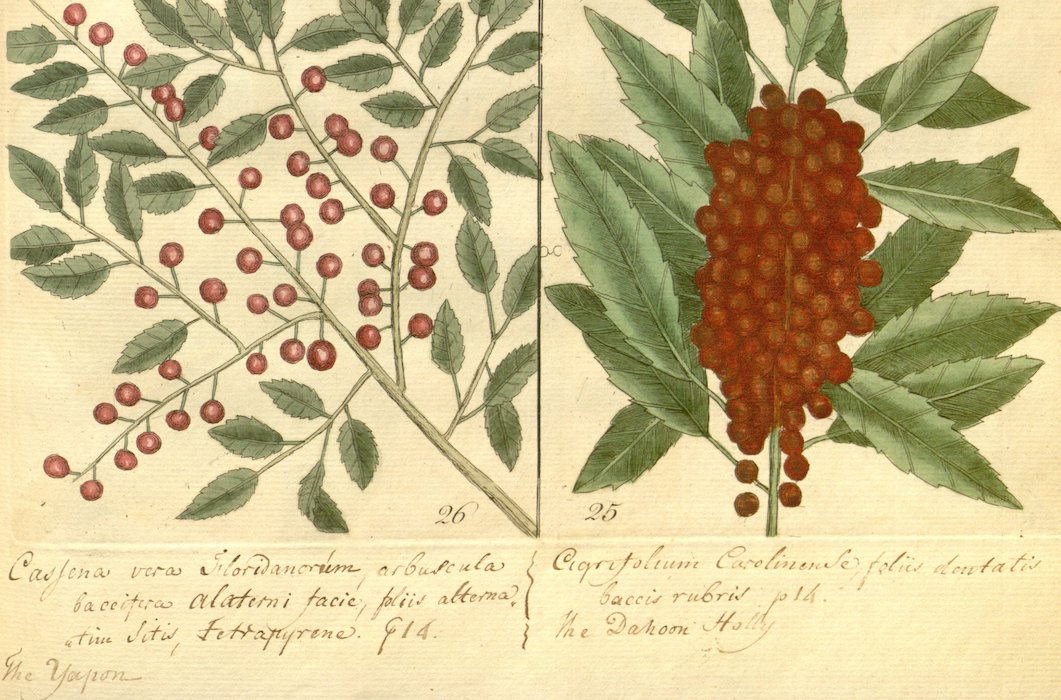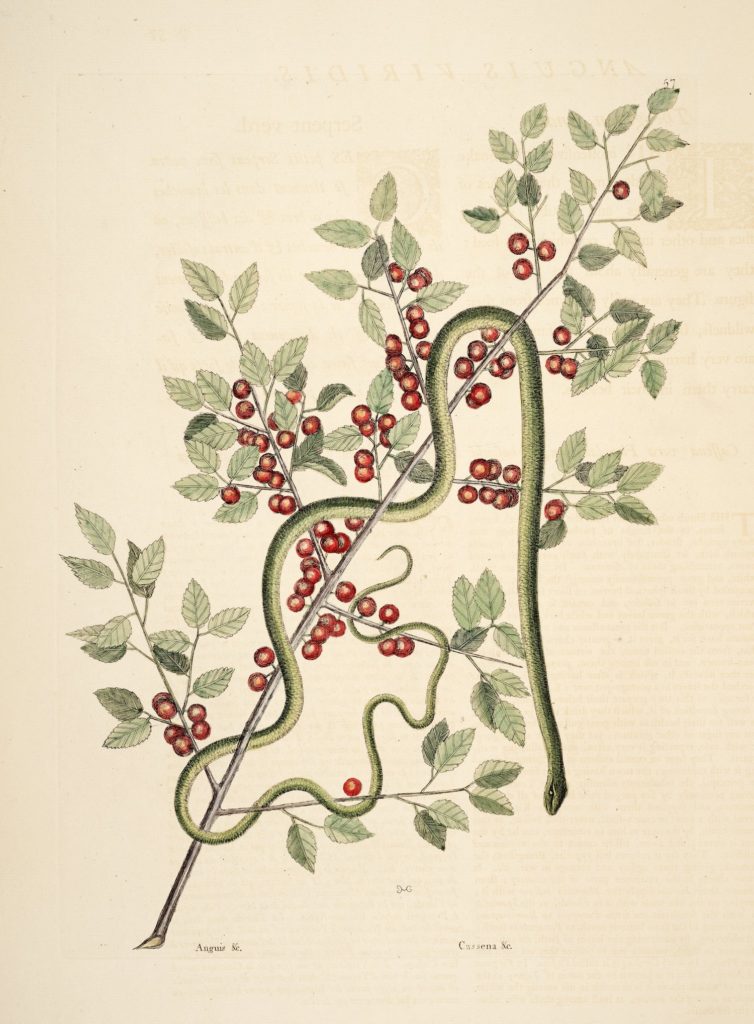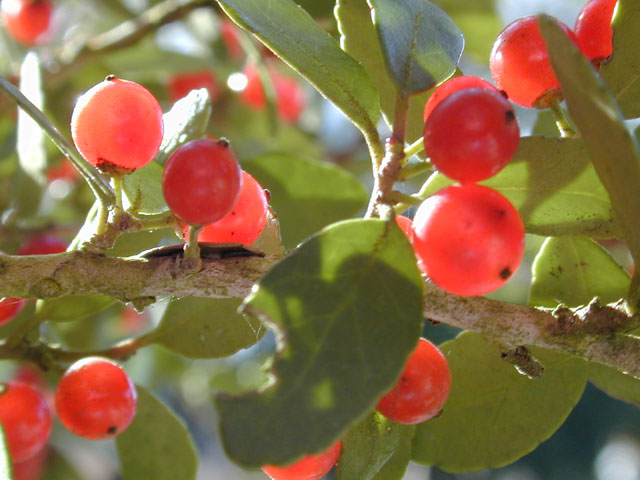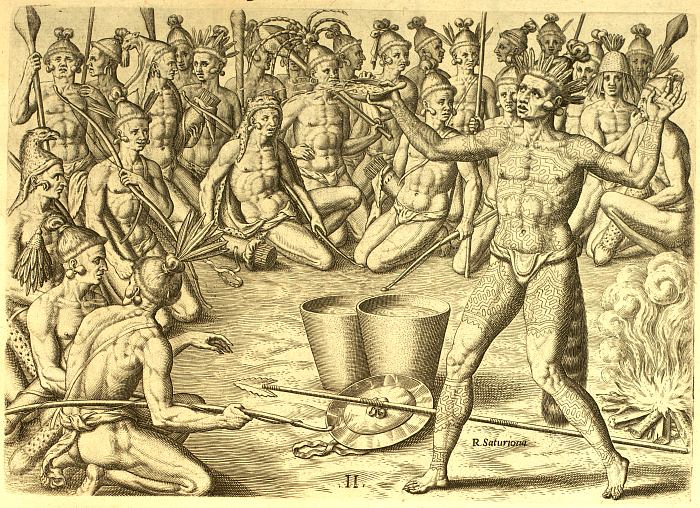Gullah-Geechee Cultural Heritage Corridor
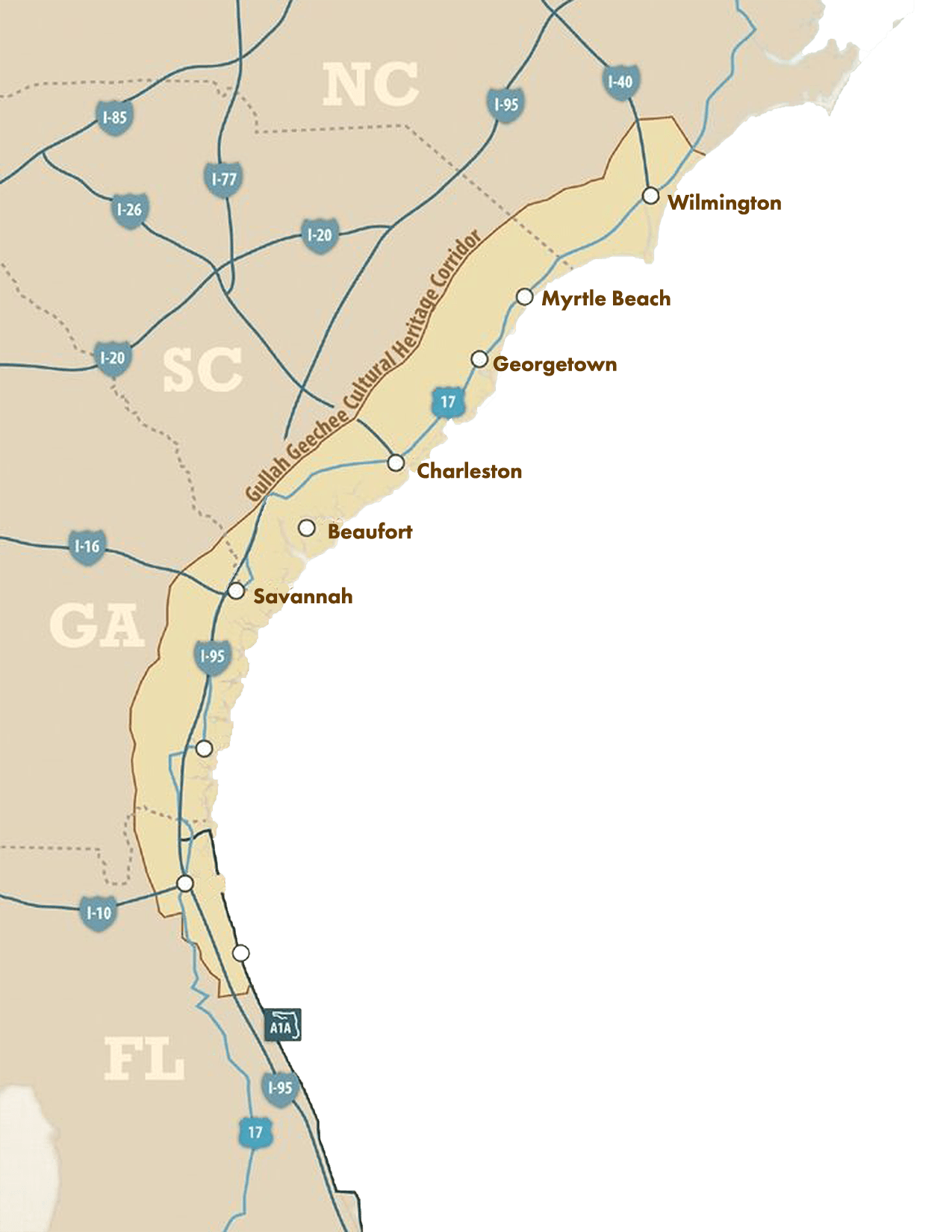
“Little did I know that my work in providing clean water and a safe environment for Gullah people would lead to a passion for preserving the lifestyle of people in their natural surroundings to thrive in a ‘green’ way that many are striving to do today.” Emory Campbell
The Gullah-Geechee people are the descendants of West and Central Africans who were enslaved and brought to the mid and southern Atlantic states, specifically to grow rice, indigo, and cotton on coastal plantations. Because these plantations were relatively isolated – many of them were on barrier islands – the enslaved people managed to keep many of their customs and traditions alive. They also developed a new language, Gullah, a creole language spoken nowhere else in the world.
In 2006, a nearly 500-mile length of land was designated the Gullah-Geechee Cultural Heritage Corridor by an act of Congress. The area is unique in that it doesn’t consist of a singular monument or site. Instead, it is made up of a collective of national sites, local museums, community organizations, and individual historians working to preserve and highlight the cultural heritage of the corridor.
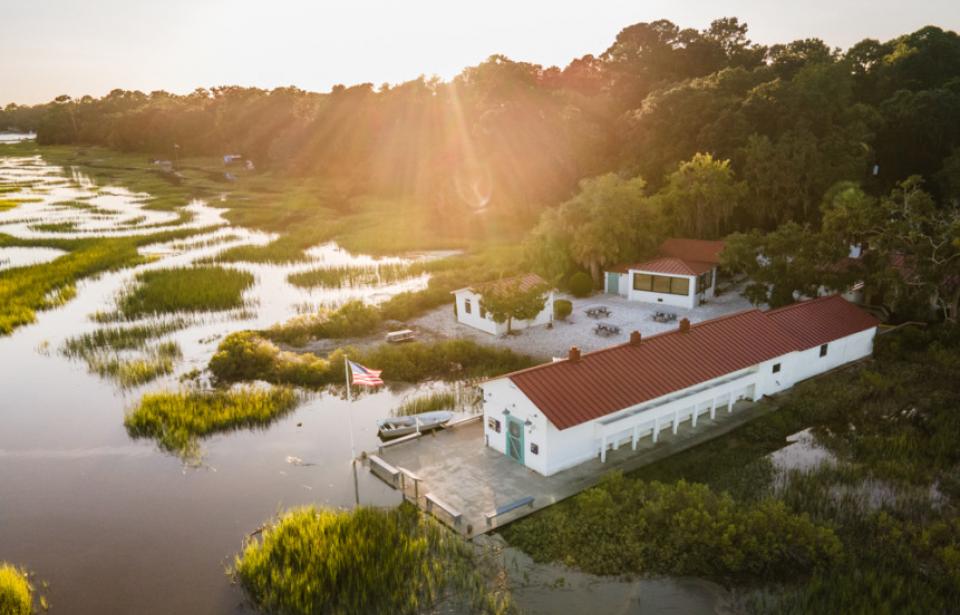
Part of that work includes understanding the sustainable environmental practices used by the Gullah-Geechee people. The Pin Point Heritage Museum documents the crab and oyster fishing business founded by freed slaves. The A.S. Varn & Son Oyster and Crab Factory employed dozens of Pin Point residents during its six decades in operation. This included the important work of monitoring the health of oyster beds, and picking crab with the tides and seasons.
“Being interested in the Gullah Geechee (community) and working as a proponent for preserving that culture doesn’t have to sound aberrant for a marine scientist. There are human dimensions to many science questions in our community, and one of those dimensions is how do communities of low-lying areas respond to sea-level rise and what is their coastal resilience to the implications of climate change. How are coastal communities dependent upon fish and fisheries and healthy habitats?” Dionne Hoskins-Brown, Ph.D.
Another important Gullah-Geechee location in the Ogeechee watershed is Ossabaw Island. Initially set aside for Creek natives by English colonists, the island was a managed plantation with enslaved laborers by 1763. By the early 1800s it was a highly profitable Sea Island cotton plantation. Once freed, many left Ossabaw to join other Gullah-Geechee communities, including those Pin Point. The descendants maintained many of the cultural aspects of their forbearers, keeping the Gullah-Geechee traditions alive.
Many were involved in the creation of the corridor. Two champions with local ties are Emory Campbell and Dionne Hoskins-Brown, Ph.D.

Campbell grew up in a Gullah-Geechee community on Hilton Head Island (before there was a bridge connecting it to the mainland. He earned his bachelor’s degree in biology at Savannah State. His career in public health took him to New England but he always felt the pull to return and protect his home from the overdevelopment. He was named Chairman of the Gullah-Geechee Cultural Heritage Corridor in 2008.
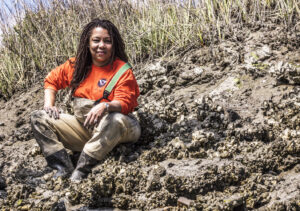
Hoskins-Brown serves as the Director of NOAA Programs at Savannah State University. She established the African American Fishermen Oral History Project to capture the experiences of Gullah-Geechee families on the Georgia coast through the Voices from the Fisheries database. She is the current chair of the Gullah-Geechee Cultural Heritage Corridor.
This is the second in a series of posts about Black environmentalists.Read the stories of the Colonel Charles Young, Isaiah Scott, and Dr. Sue Ebanks.
